

Las Vegas
Find the best of Las Vegas hotels with luxurious suites and a great location.
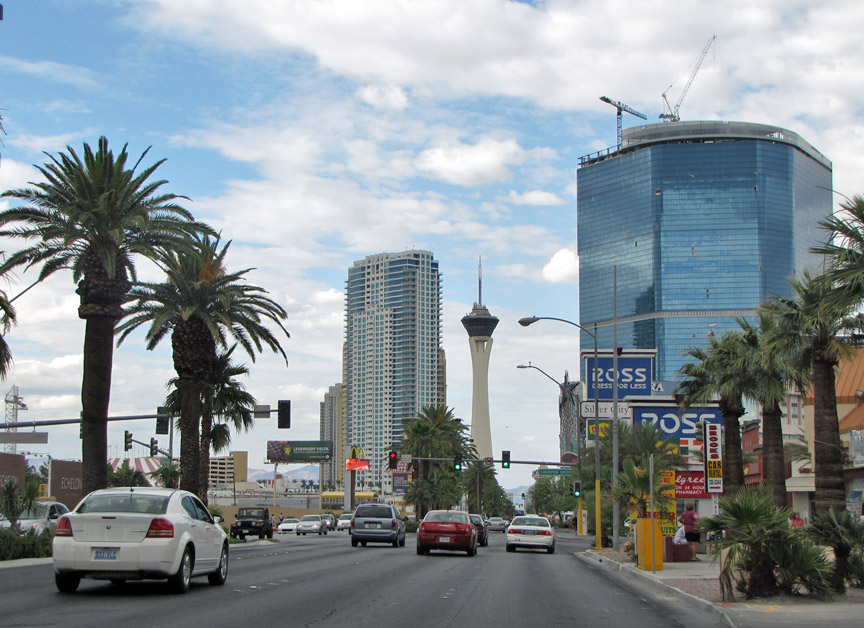
Las Vegas
Las Vegas (Spanish for The Meadows) is the most populous city in the U.S. state of Nevada, the seat of Clark County, and an internationally renowned major resort city for gambling, shopping, fine dining, and entertainment. Las Vegas, which bills itself as The Entertainment Capital of the World, is famous for the number of casino resorts and associated entertainment. A growing retirement and family city, it is the 28th most populous city in the United States with an estimated population by the U.S. Census Bureau of 603,093 as of 2008. The estimated population of the Las Vegas metropolitan area as of 2007, was 1,836,333.
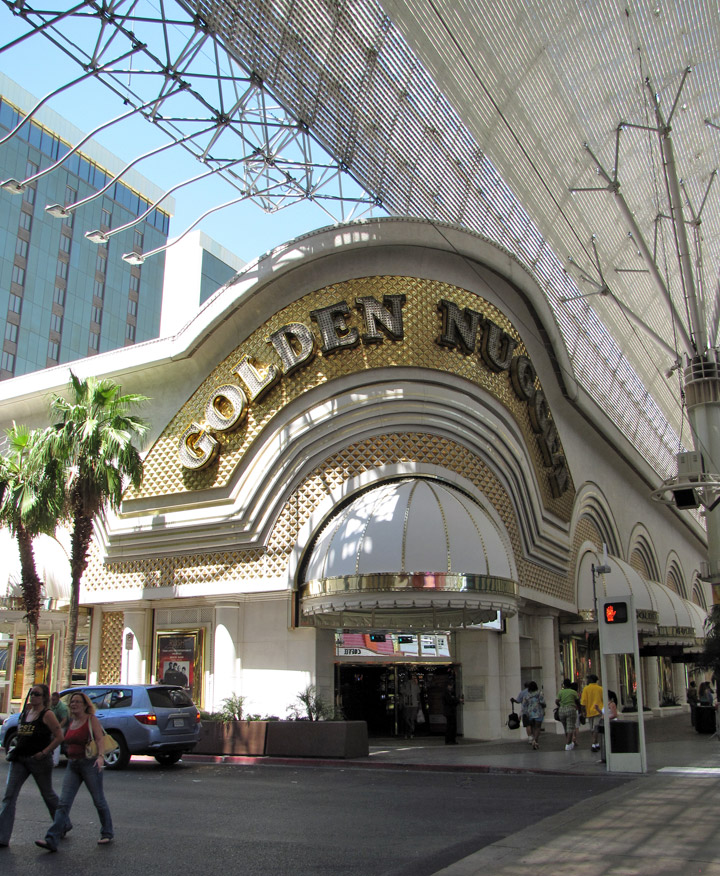
Golden Nugget on Fremont Street
More Photos of the Fremont Street Experience
Established in 1905, Las Vegas officially became a city in 1911. With the growth that followed, at the close of the century Las Vegas was the most populous American city founded in the 20th century (a distinction held by Chicago in the 19th century). The city's tolerance for various forms of adult entertainment earned it the title of Sin City, and this image has made Las Vegas a popular setting for films and television programs. Outdoor lighting displays are everywhere on the Las Vegas Strip and are seen elsewhere in the city as well. As seen from space, the Las Vegas metropolitan area is the brightest on Earth.
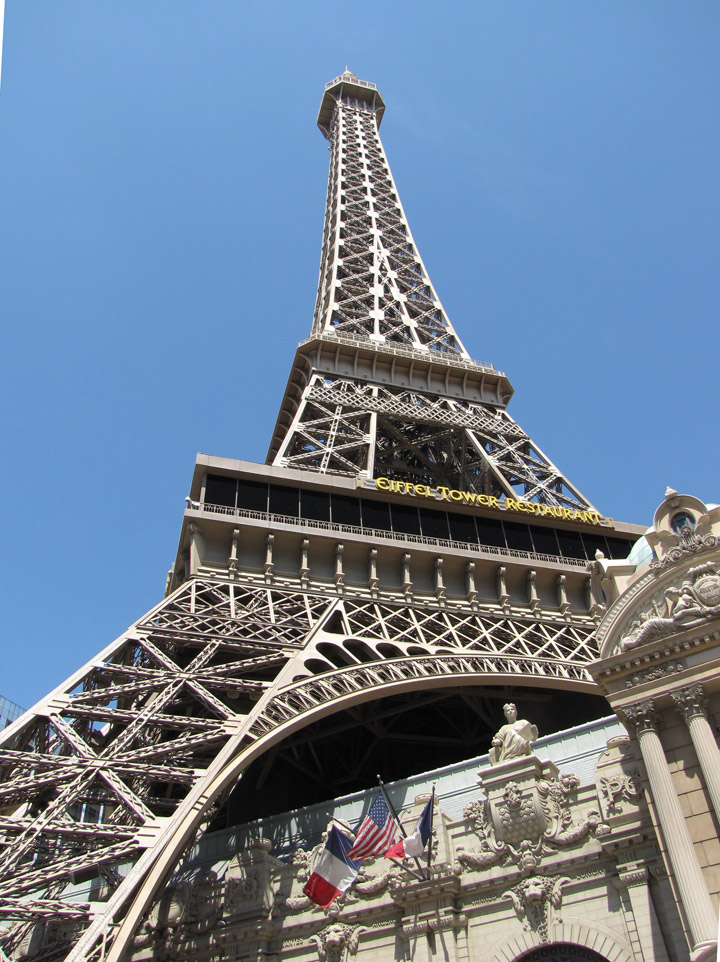
Paris Resort on the Strip
The name Las Vegas is often applied to unincorporated areas that surround the city, especially the resort areas on and near the Las Vegas Strip. This 4 mile (6.5-km) stretch of Las Vegas Boulevard is partly in the Las Vegas city limits, but mainly in the unincorporated communities of Paradise and Winchester, and continues partly into unincorporated Enterprise.
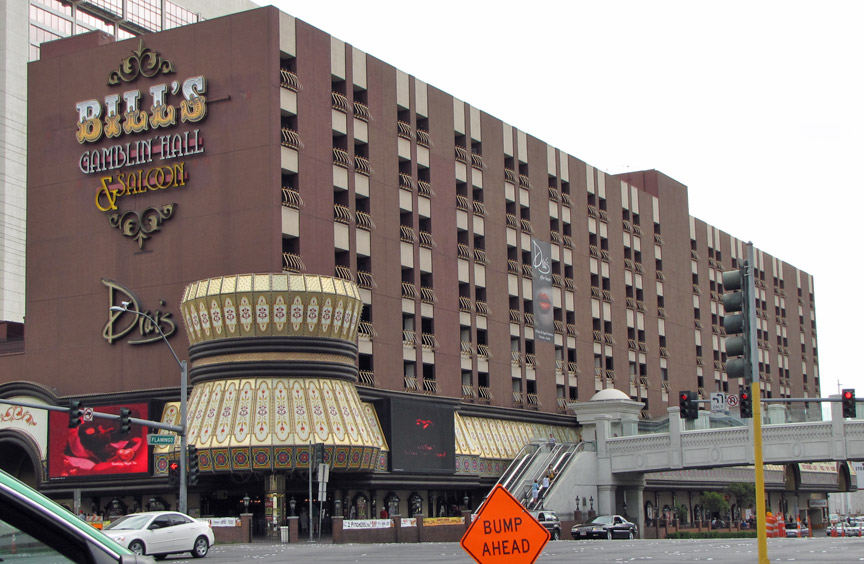
Bill's Gamblin Hall
The first reported visit to the valley by someone of European descent was Raphael Rivera in 1829. Las Vegas was named by Spaniards in the Antonio Armijo party, who used the water in the area while heading north and west along the Old Spanish Trail from Texas. In the 1800s, areas of the Las Vegas Valley contained artesian wells that supported extensive green areas or meadows (vegas in Spanish), hence the name Las Vegas.
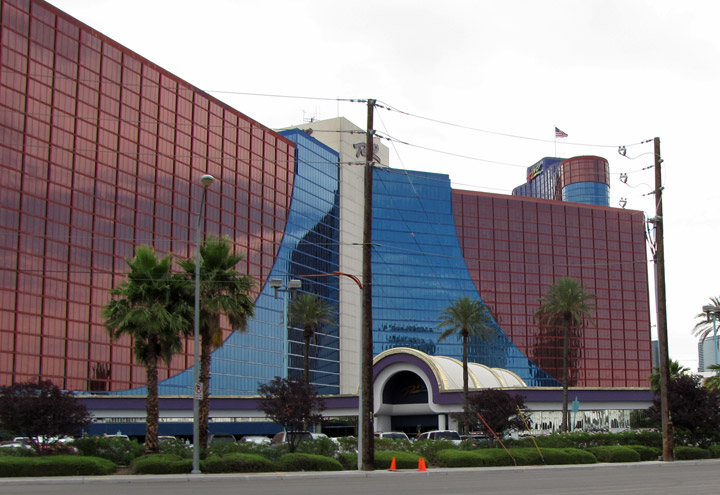
colorful architecture
John C. Frémont traveled into the Las Vegas Valley on May 3, 1844, while it was still part of Mexico. He was a leader of a group of scientists, scouts and observers for the United States Army Corps of Engineers. On May 10, 1855, following annexation by the United States, Brigham Young assigned 30 missionaries of The Church of Jesus Christ of Latter-day Saints led by William Bringhurst to the area to convert the Paiute Indian population to Mormonism. A fort was built near the current downtown area, serving as a stopover for travelers along the "Mormon Corridor" between Salt Lake and the briefly thriving colony of saints at San Bernardino, California. However, Mormons abandoned Las Vegas in 1857. Las Vegas was established as a railroad town on May 15, 1905, when 110 acres (44.5 ha) owned by Montana Senator William A. Clark's San Pedro, Los Angeles and Salt Lake Railroad, was auctioned off in what is now downtown Las Vegas. Las Vegas was part of Lincoln County until 1909 when it became part of the newly established Clark County. The St. Joan of Arc Catholic Church near 4th and Bridger in downtown was founded in 1910. Las Vegas became an incorporated city on March 16, 1911.
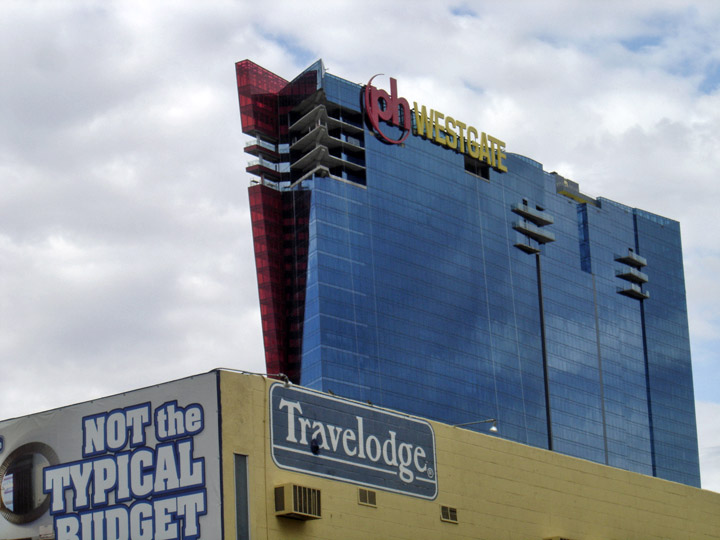
hotels at all prices
Gambling was legalized in the city on March 19, 1931. On December 26, 1946, Bugsy Siegel opened the infamous Flamingo Hotel in Paradise on what would later become the Las Vegas Strip. The Hoover Dam was completed on October 9, 1936 outside Boulder City and above ground nuclear testing was conducted at the Nevada Test Site in Nye County from 1951 to 1962. The era of megaresort casinos in Clark County began on November 22, 1989, with the opening of The Mirage.
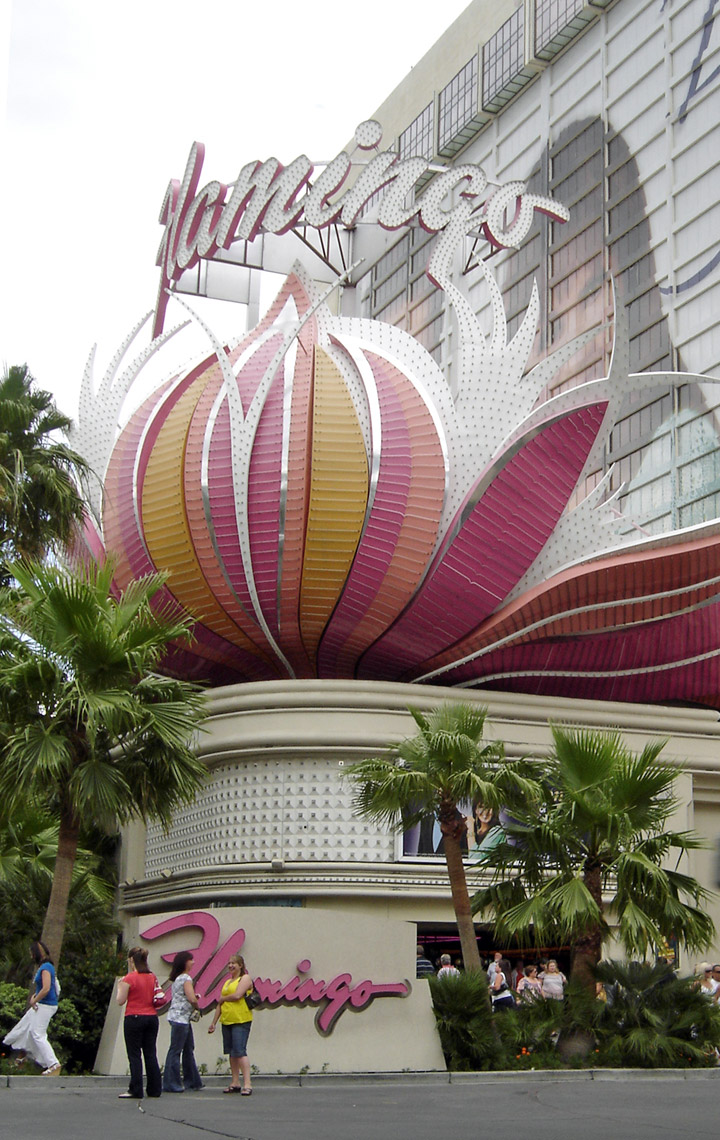
The Flamingo
Las Vegas started as a stopover on the pioneer trails to the west, and became a popular railroad town in the early 1900s. It was a staging point for all the mines in the surrounding area, especially those around the town of Bullfrog, that shipped their goods out to the rest of the country. With the proliferation of the railroads, Las Vegas became less important but the completion of the nearby Hoover Dam in 1935 resulted in the growth of residents and tourism. The dam, located 30 miles (48 km) southeast of the city, also formed Lake Mead, the world's largest man-made lake and reservoir. Today, tours are offered into lesser known parts of the dam. The legalization of gambling in 1931 led to the advent of the casino-hotels, for which Las Vegas is famous. The success of the city's initial casino businesses was owed to American organized crime. Most of the original large casinos were managed or at least funded under mob figures Benjamin "Bugsy" Siegel, Meyer Lansky or other mob figures at this time. With the arrival of billionaire Howard Hughes in the late 1960s, who purchased many casino-hotels and television stations in the city, legitimate corporations began to purchase casino-hotels as well, and the mob was run out by the federal government over the next several years. The constant stream of tourist dollars from the hotels and casinos was also augmented by a new source of federal money. This money came from the establishment of what is now Nellis Air Force Base. The influx of military personnel and casino job-hunters helped start a land building boom which still goes on today.
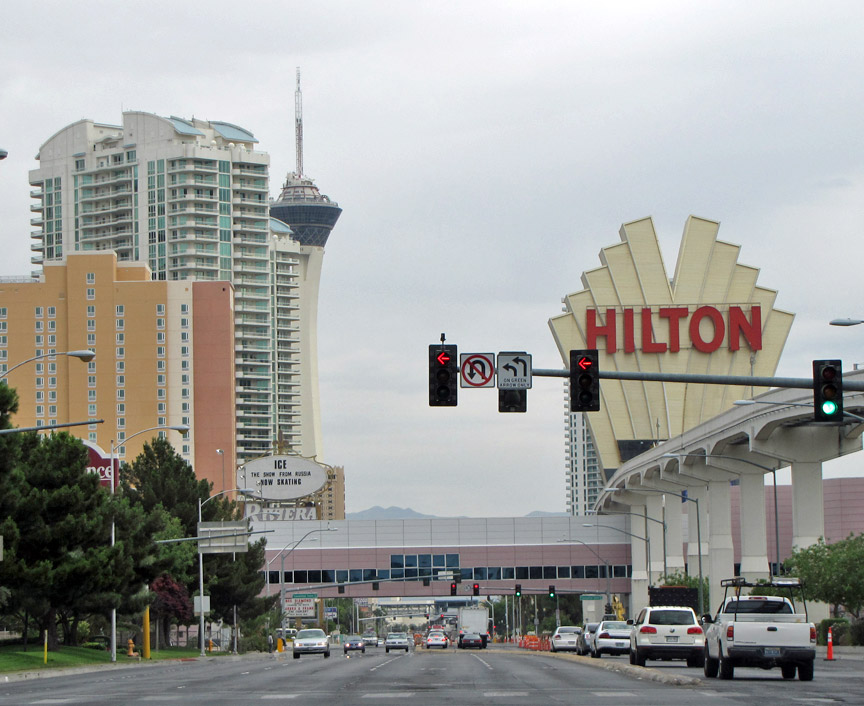
Hilton
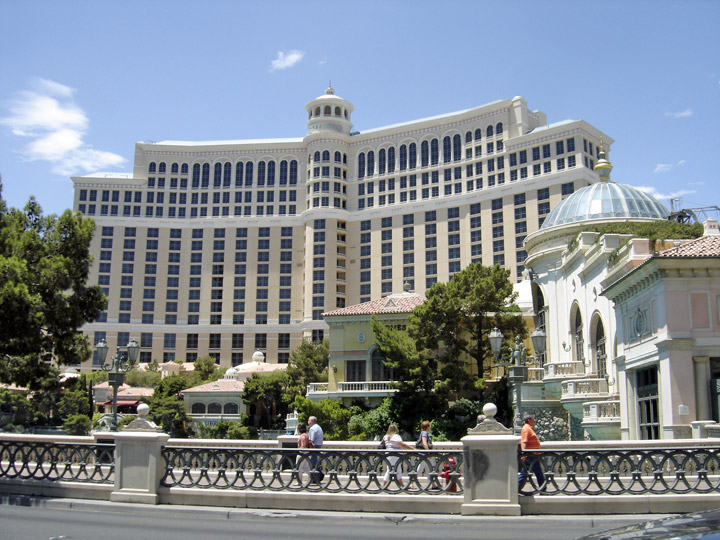
and many large hotels
In 2006 gambling revenues in the Macau Special Administrative Region in the People's Republic of China surpassed those in Las Vegas, making Macau the largest gambling center in the world. There is no evidence yet to suggest that gambling growth in Macau is shifting growth away from Las Vegas.
Text from Wikipedia
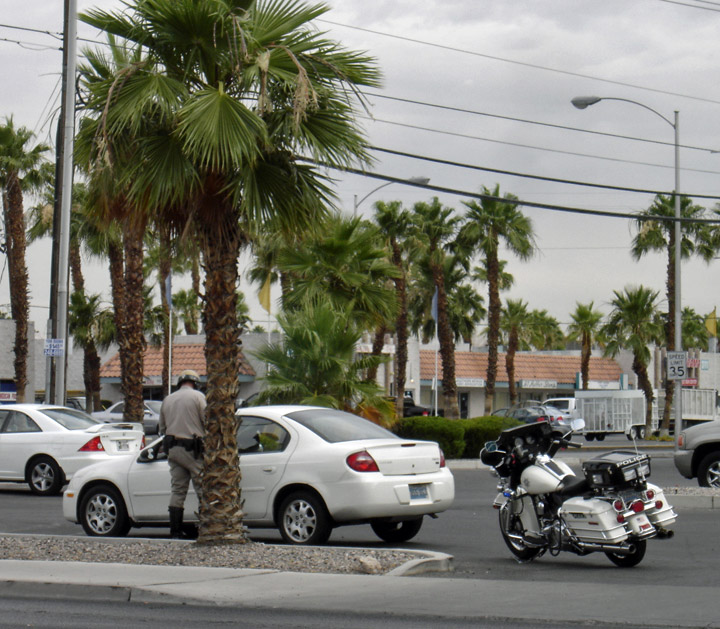
active Police presence
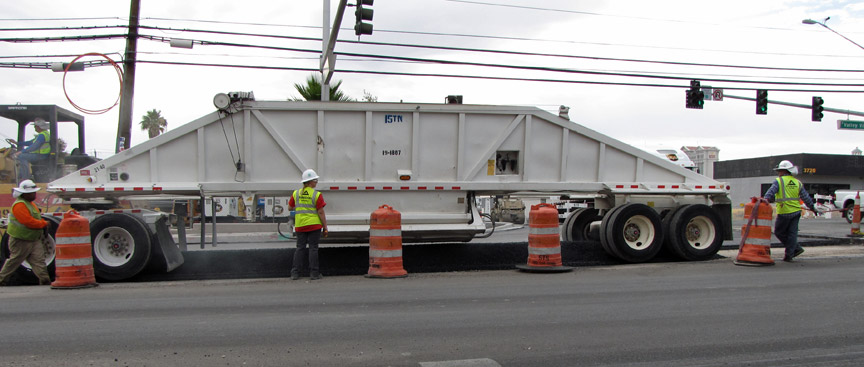
street repair
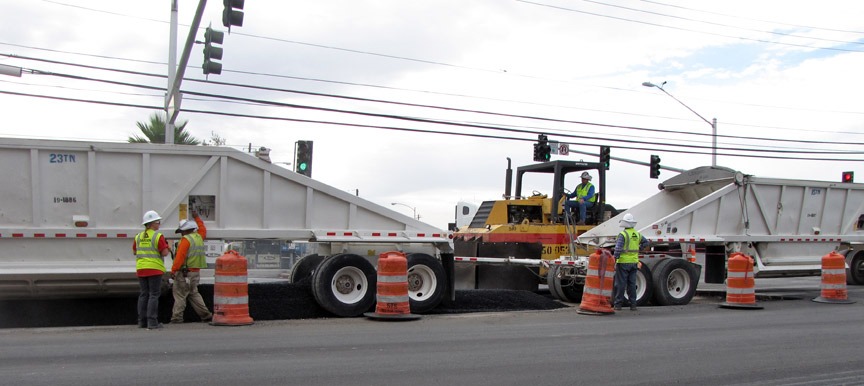
from large premix payment dumps
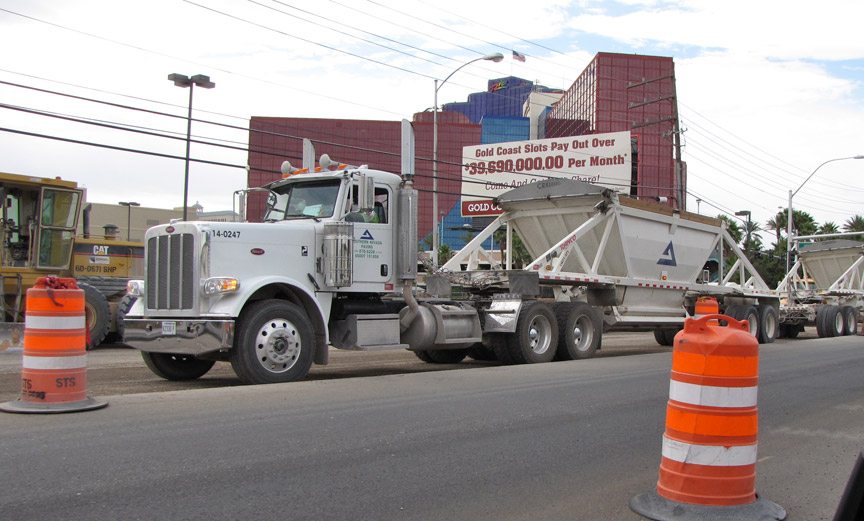
more coming